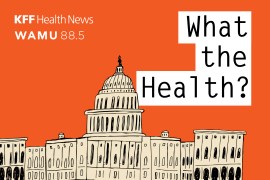New Medicare Payment Method for Prescription Drugs Covered Under Part B Reducing Spending, According to MedPAC Report
Medicare's new payment method for reimbursing physicians for prescription drugs under Part B has reduced spending, according to a report to Congress prepared by the Medicare Payment Advisory Commission, CQ HealthBeat reports. The new payment method, known as the Average Sales Price system, reimburses physicians for drugs covered under Part B, which include intravenous drugs that generally cannot be administered by patients themselves (Reichard, CQ HealthBeat, 1/3). Under the previous system, Medicare Part B reimbursed doctors for such drugs based on the average wholesale price reported by pharmaceutical companies. Critics said that under that system, doctors paid lower market prices to purchase the drugs and then kept the difference from the higher reimbursements. In an effort to address the issue, lawmakers included in the 2003 Medicare law two changes to the system. Under one change, reimbursement would be based on ASPs. The other change was the creation of an optional competitive acquisition program for physicians (Kaiser Daily Health Policy Report, 7/14/06). The MedPAC report stated that since the payment change, spending on Part B drugs fell from $10.9 billion in 2004 to $10.1 billion in 2005. According to the report, the decline stemmed from fewer prescriptions and lower drug prices. MedPAC also found that to offset the reimbursement reductions, physicians are cutting costs and pursuing other sources of revenue, such as imaging services. The report stated that there was "no indication that quality of care was affected" by any of the changes, adding that investigators' "ability to measure quality changes is limited" (CQ HealthBeat, 1/3).
This is part of the Morning Briefing, a summary of health policy coverage from major news organizations. Sign up for an email subscription.





